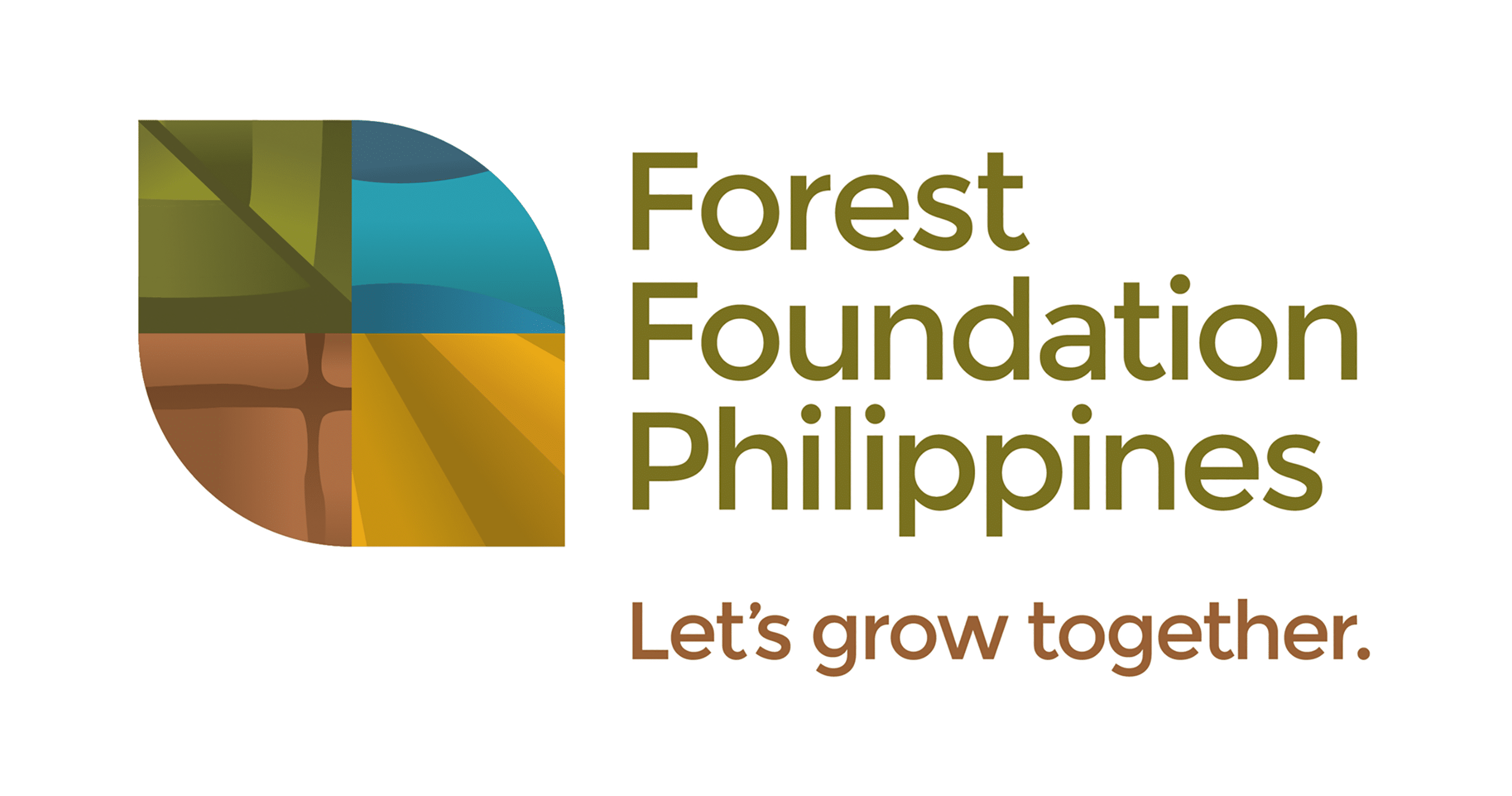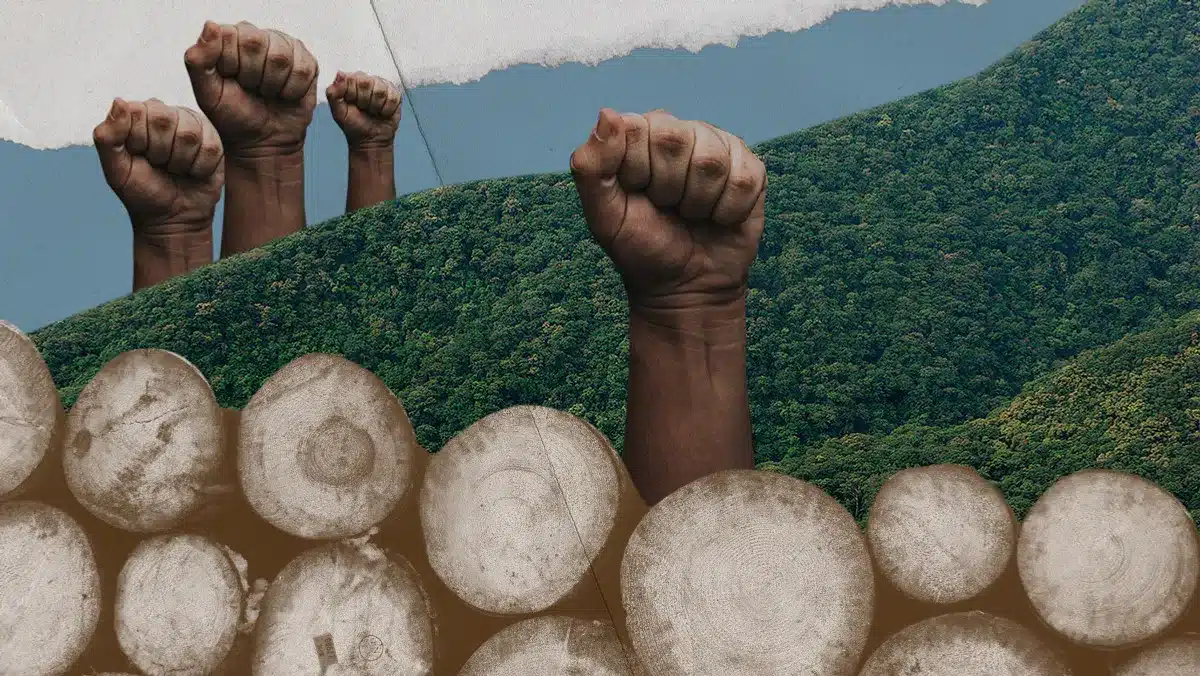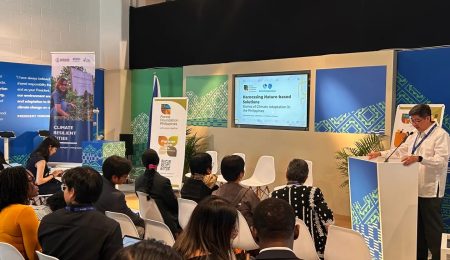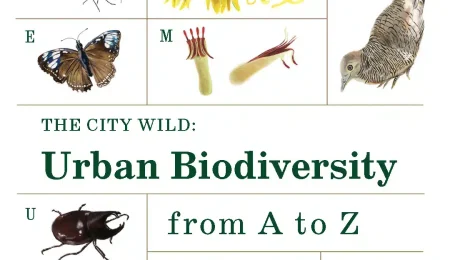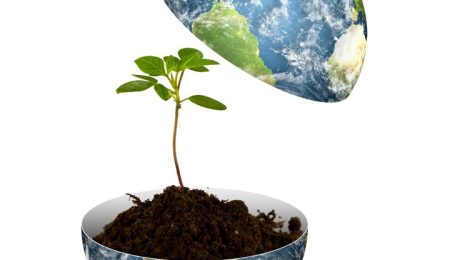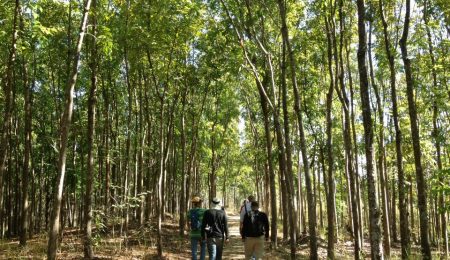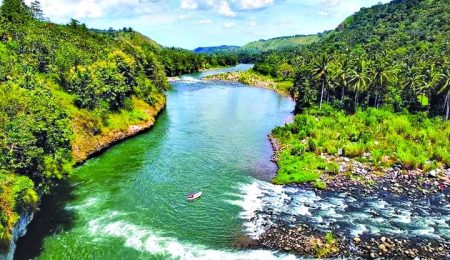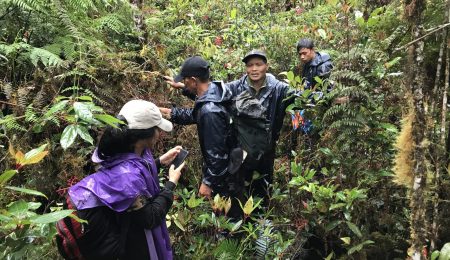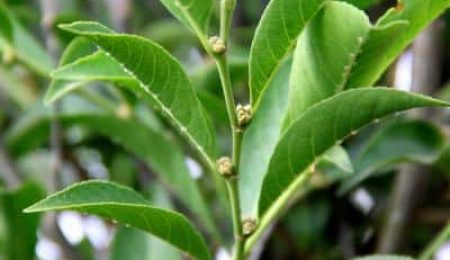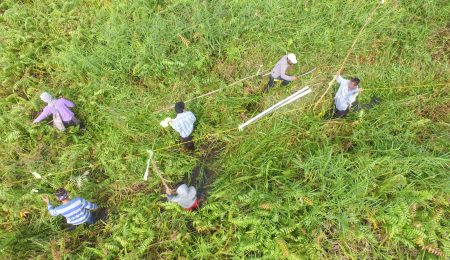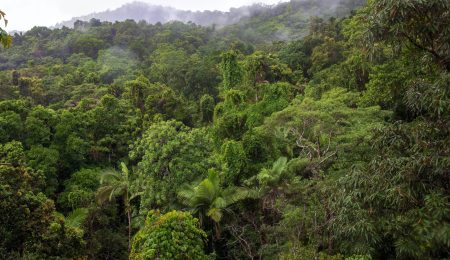BFF Anna Alliah Calonzo, BS Biology, Bulacan State University
Starting at a young age, I learned how forests are important habitats of multifarious flora and fauna. At about 7, I learned the threats these landscapes face and their global gravitas. More years passed and I learned about the statistics and how deforestation is linked to many facets of society. I am aware. It is a good thing, right? Awareness is an integral part of being part of a solution. It is not until now that I have realized that awareness is not enough.
With the numerous forest conservation movements marching forward today, the ecological importance of forests has been firmly established. The constant rise of global temperature, deterioration and contamination of natural resources, and biodiversity loss are unequivocal proofs of the importance of such landscapes. These phenomena push more and more people to be proactive about this cause. However, despite the pressing effects of deforestation, it seems to fall least on the priorities of many. I can attest to this because I have experienced it myself. This is not environmental apathy. It is also not their fault. I know how hard it is to be proactive on a cause when you are worried about your family’s sustenance for the coming days. In a poverty-stricken life, it can be hard to set your sight far enough in the future and allot your resources for causes outside your survival. That being said, I am writing this to shed light on why we should be proactive on forest conservation movements, especially those of us who are not from a well-off life. Spoiler alert: forest degradation will push us further into poverty.
An article by Frances Seymour of the Center for Global Development shows how deforestation and climate change drive a vicious cycle that exacerbates poverty. To narrow down the topic of deforestation, the focus of this essay will be on the longest mountain range in the country – the Sierra Madre. According to Haribon, it is one of the most biodiverse areas and the largest remaining tract of rainforest in the Philippines and it is facing numerous threats. Human activity is the greatest threat to earth’s resources, and this mountain range is no exception. Mining activities, deforestation, sprawling, and industrialization are slowly chipping away the forest landscape that represents 40% of the Philippines’ forest cover. It is home to 68 protected areas including La Mesa Watershed Reservation and the Upper Marikina River Basin Protected Landscapes. However, despite being protected by law, destructive activities still make their way around and continue to exploit their resources. Most times, forest rangers prove no match against the might of mining companies, logging operations, and armed guards that are a common sight in places far from the public eye.
Deforestation can lead to prosperity or impoverishment, depending on who gets the benefits and who pays the costs. The profit from valuable timber can be appreciable but is often enjoyed by nobilities in the urban area rather than by the indigents. While it is true that clearing Sierra Madre landscapes to build a dam allows residents of Metro Manila and neighboring towns access to sufficient water supply, indigenous communities are and will lose access to forest goods and services that are especially useful for lower-income households.
Here’s why you should be concerned about Sierra Madre’s welfare. Firstly, spanning ten provinces, it protects the towns of Luzon from the onslaught of typhoons and storm surges. The Philippines is undeniably a typhoon hotspot being adjacent to the Pacific Ocean, but this mighty landscape is very effective in catching the blow and reducing the strength of strong typhoons before it gets to the urban and rural areas where it would, otherwise, result into catastrophic disaster. Furthermore, the watersheds within the range support the farmlands in Central Luzon and Cagayan Valley. It is important to note that Region 3 accounts for the highest share in the total agricultural output at 14.8%, and the Cagayan valley accounts for 6.6% of the country’s total value of agriculture.
Imagine the damage of being hit with strong typhoons every monsoon season and the economic effect of an agricultural decline in the vast fields of Luzon. All of these will push us further into an impoverished life. And so, I implore my fellow students to take part in the movement of conserving and protecting this gift that does all these wonders even without us knowing. The forests do not need us to recover, but the things they provide are a substantial part of every aspect of our society. We need them.
The vast, species-rich mountain range is home not only to plants and animals but also to indigenous communities whose livelihood relies on its forest. One must understand that time is of importance when acting on its conservation because centuries of history have taught us that many decisions take us to a path of no return. Once that point is reached and the majority of Sierra Madre’s resources are overexploited, the economic and ecological outcomes will be felt in the deepest reaches of Luzon. Sierra Madre has always been generous with its resources and the protection it offers. It reflects the devotion of Sierra, from an ancient legend, to her sons, Tagalo and Iloco.
—
Forest Foundation Philippines, in partnership with Edukasyon.ph, its grantee, implemented the Best Friends of the Forest Movement (#BFFMovement) Online Fellowship Program to support young forest advocates in the country’s most critical forest landscapes – Sierra Madre, Palawan, Samar and Leyte, and Bukidnon and Misamis Oriental. Through the program, students were given access to learning resources, mentorship opportunities, and platforms to showcase their passion projects. This published material is a passion project of our Best Friend of the Forest. The views and opinions expressed in this material are those of our Best Friend, and do not necessarily reflect the views and opinions of Forest Foundation Philippines and Edukasyon.ph. Furthermore, both Forest Foundation Philippines and Edukasyon.ph assume no liability or responsibility for any inaccurate or incomplete information presented in this material.
